Fukushima Mirai Challenge Project and the future of Japan
The future is at TENOHA Milano with the Fukushima Mirai Challenge project, available until the end of February.
If you want to know what the word “resilience” really means, you need to dwell on this article. We are talking about the future, rebirth, enthusiasm, passion and true love. In Japanese, Mirai means Future, the future of Fukushima prefecture. Since March 3, 2011 nothing has remained the same since the tragedy in which the earthquake and tsunami destroyed families, houses and businesses. As I said, nothing has remained the same and there is something that has blossomed like a flower in the desert: the desire for rebirth. Resilience. To continue your work despite everything. This is exactly the basis of the Fukushima Mirai Project, the project for the FUTURE. Twelve municipalities in the prefecture of Fukushima adhere to this important project and have decided to return to their activities after the evacuation order that took place years ago.
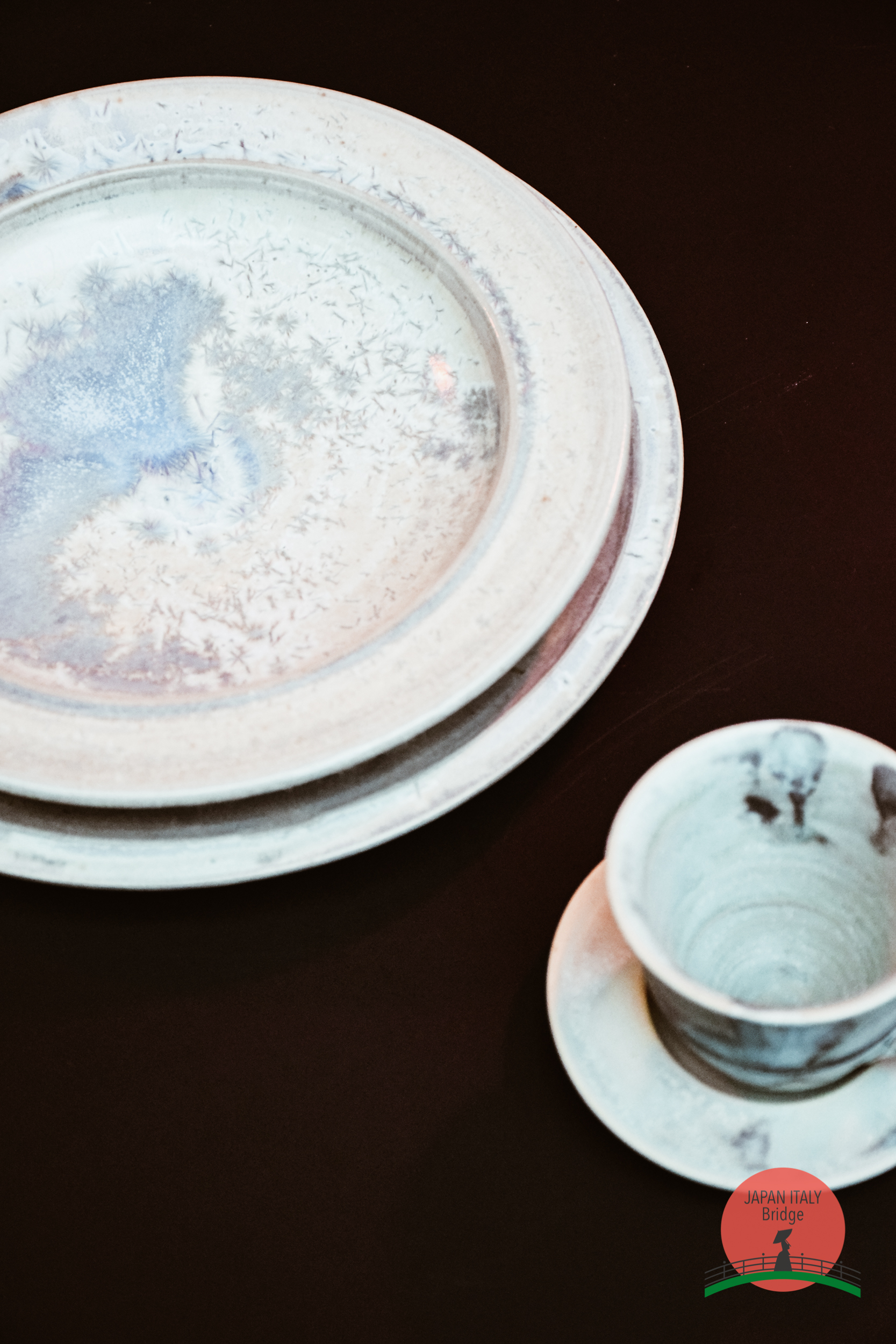
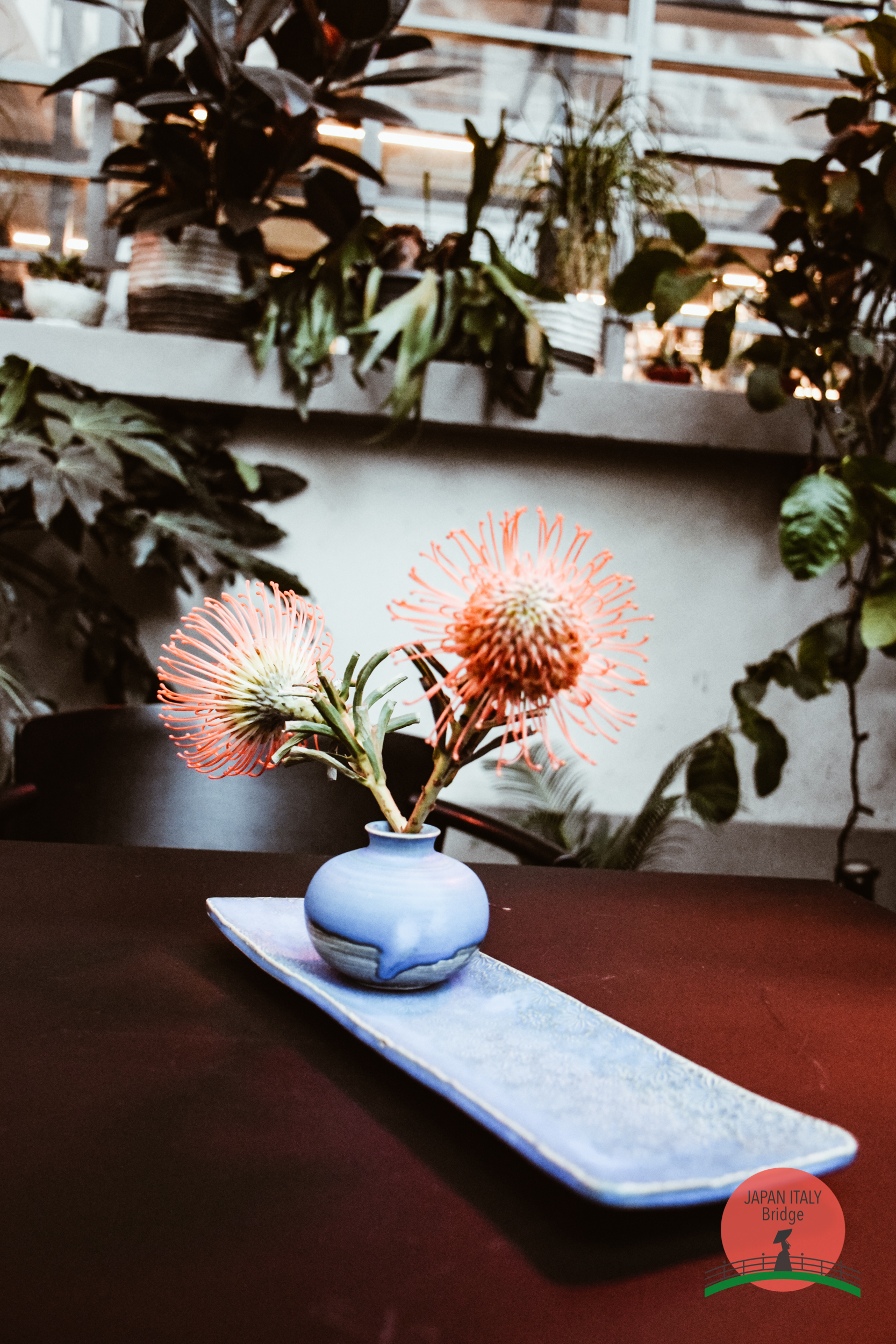
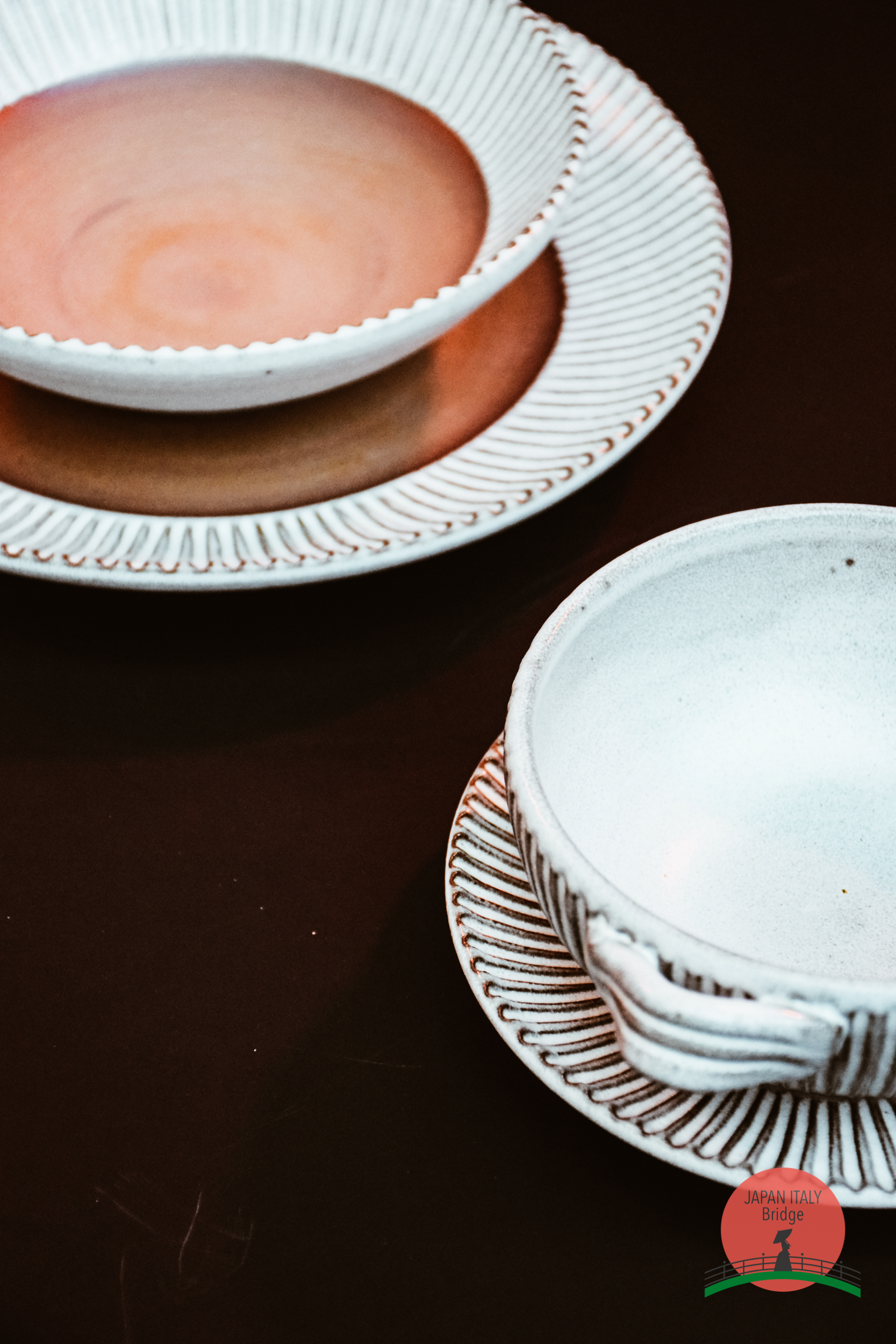
The rebirth of Fukushima with the Fukushima Mirai Challenge
In the Fukushima Mirai Project, there is the desire to start again, to rebuild and create, to revalue cities, to be reborn. In fact, this project supports autonomous companies, promoting their development also in the foreign market. Today we will take for example two areas that are struggling with their wonderful products to be reborn, read carefully not only with your eyes but, above all, also with your heart.
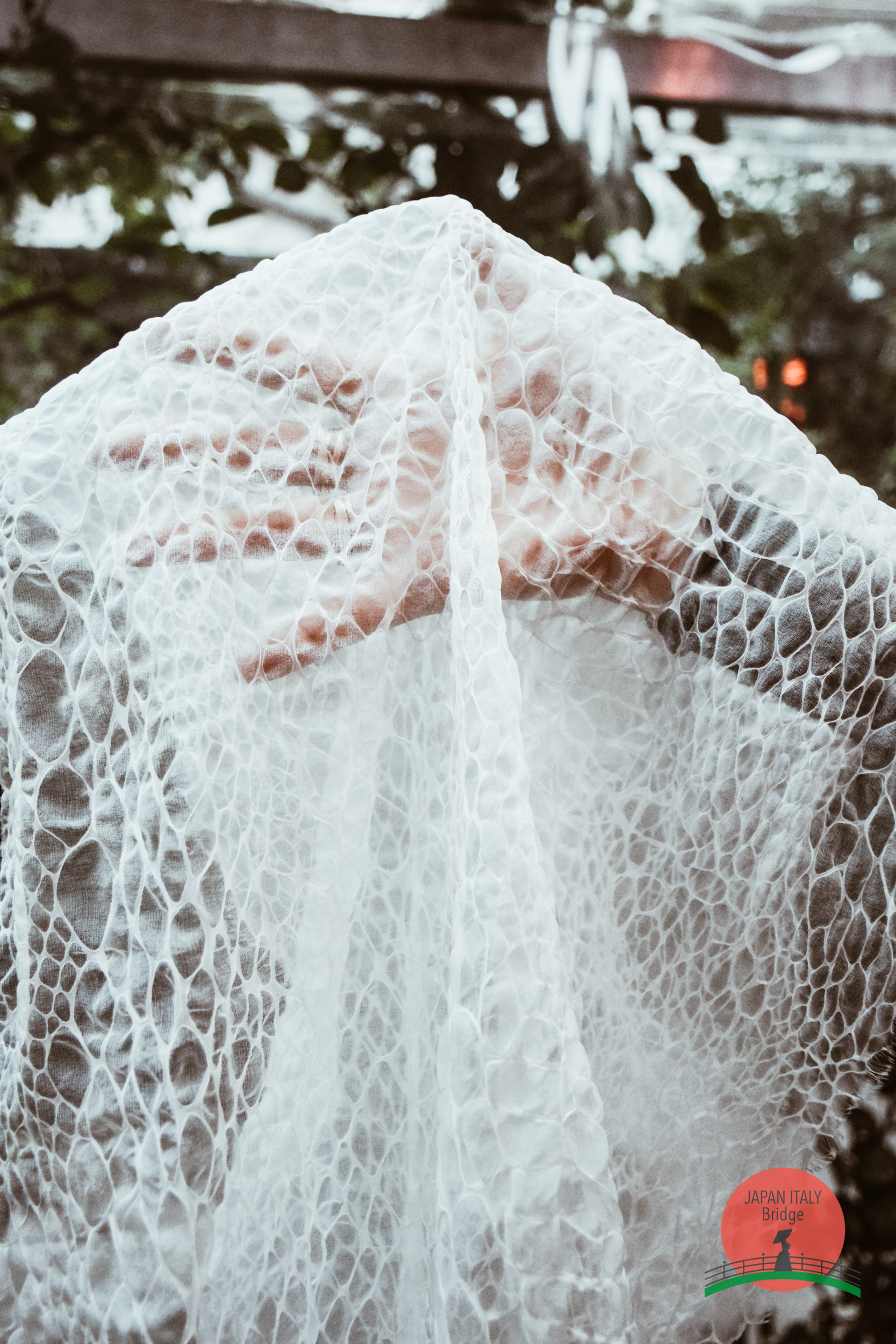
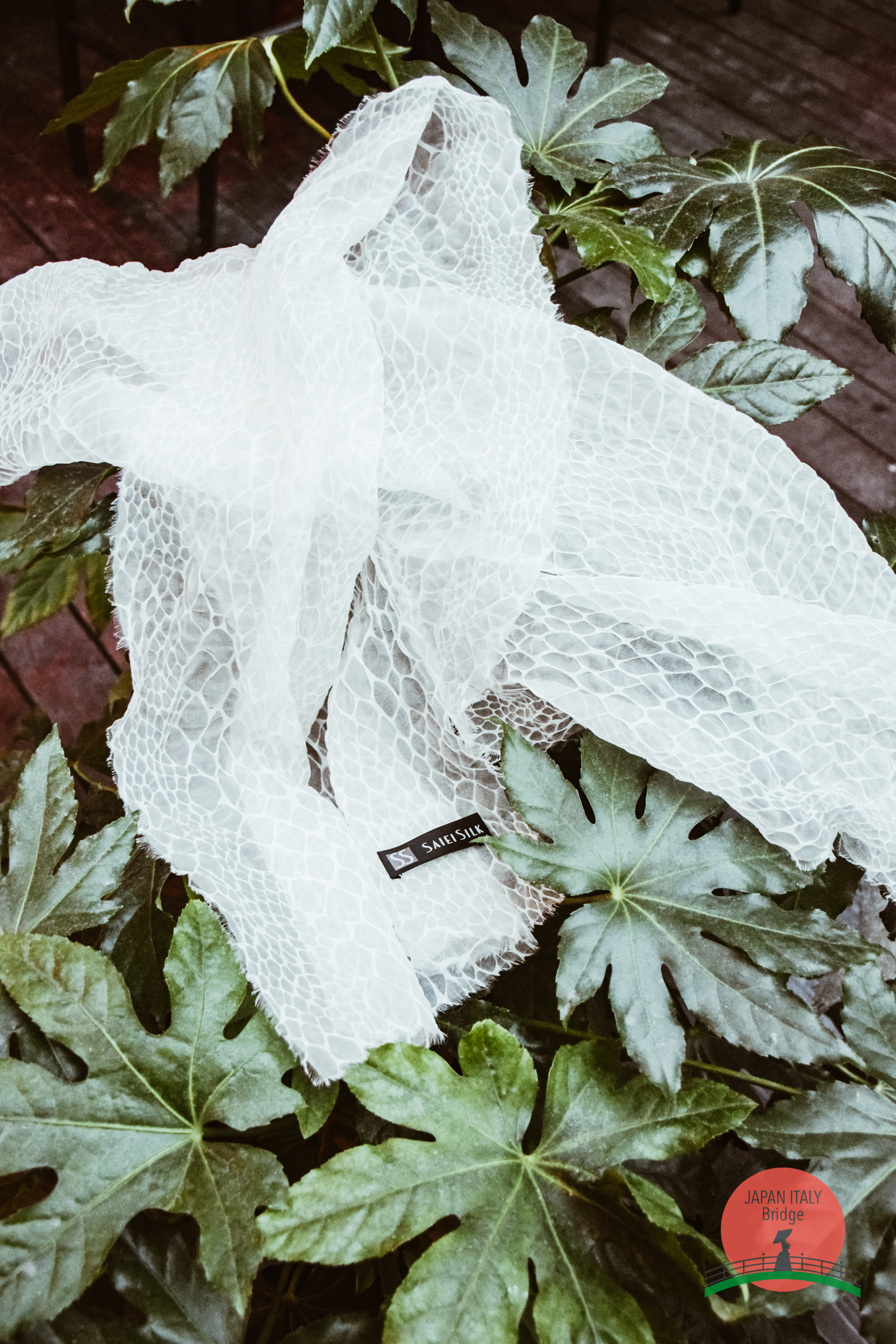
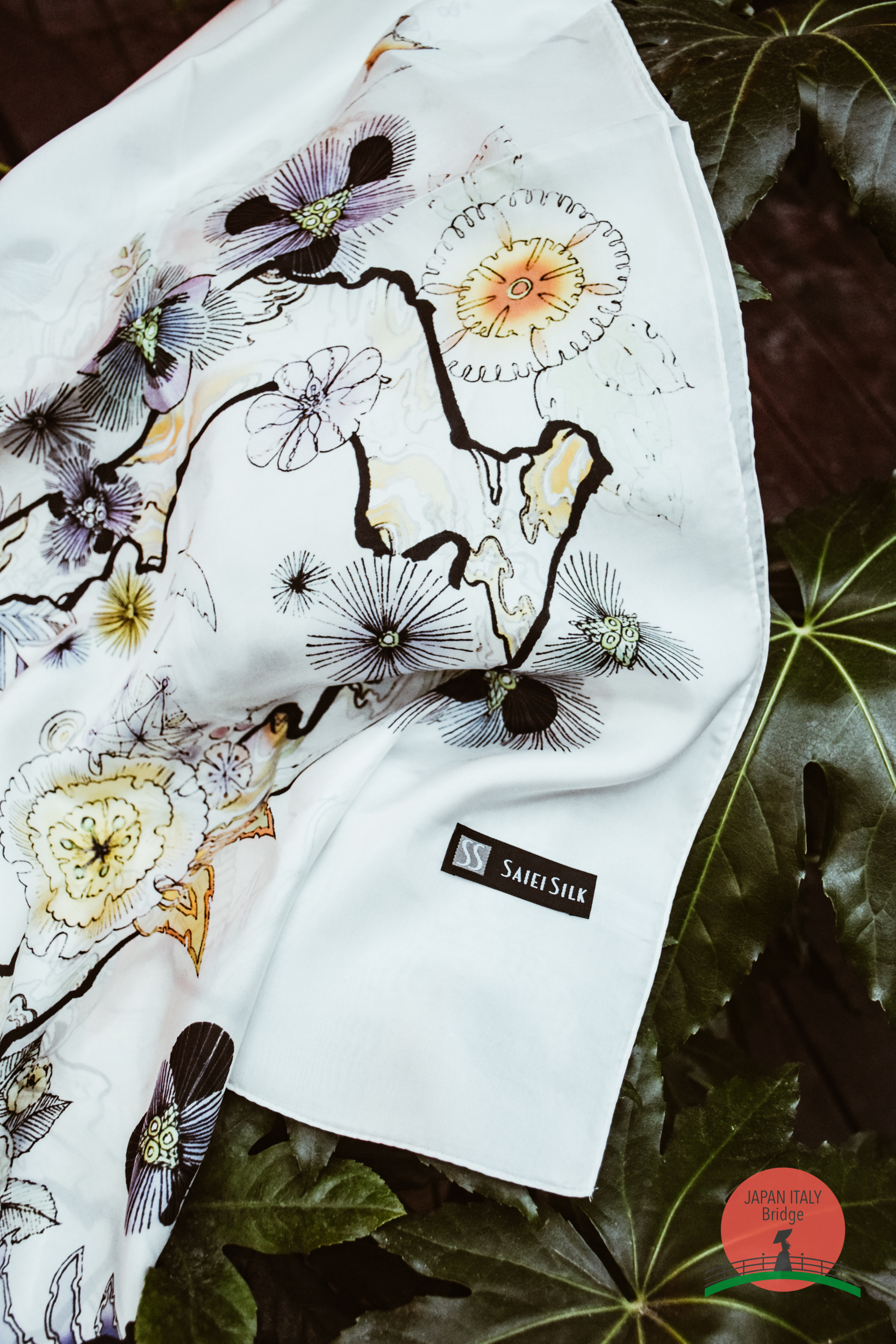
Saiei Orimono with Kawamata Silk
The challenge of the “Saiei Orimono” company in the city of Kawamata participating in the Fukushima Mirai Project is that of “the thinnest silk in the world“. Surely you know how much of precious fabric silk can be, but have you ever touched the lightest silk in the world? Feeling it in your hands is something unique, incredibly evanescent, just like a feather and in fact, more than 1000 spectators, ambassadors of each country included, were able to admire the “Fairy feather” silk during a show that was held at the UNESCO headquarters in Paris. Do you know what it is? The lightest and thinnest silk in the world, therefore a feather, for this reason, the dress deserved the name of “Fairy feather”. In Japanese it is said hagoromo which means feather dress. At TENOHA &| SHOP you can find scarves of various colours made with this incredible fabric.
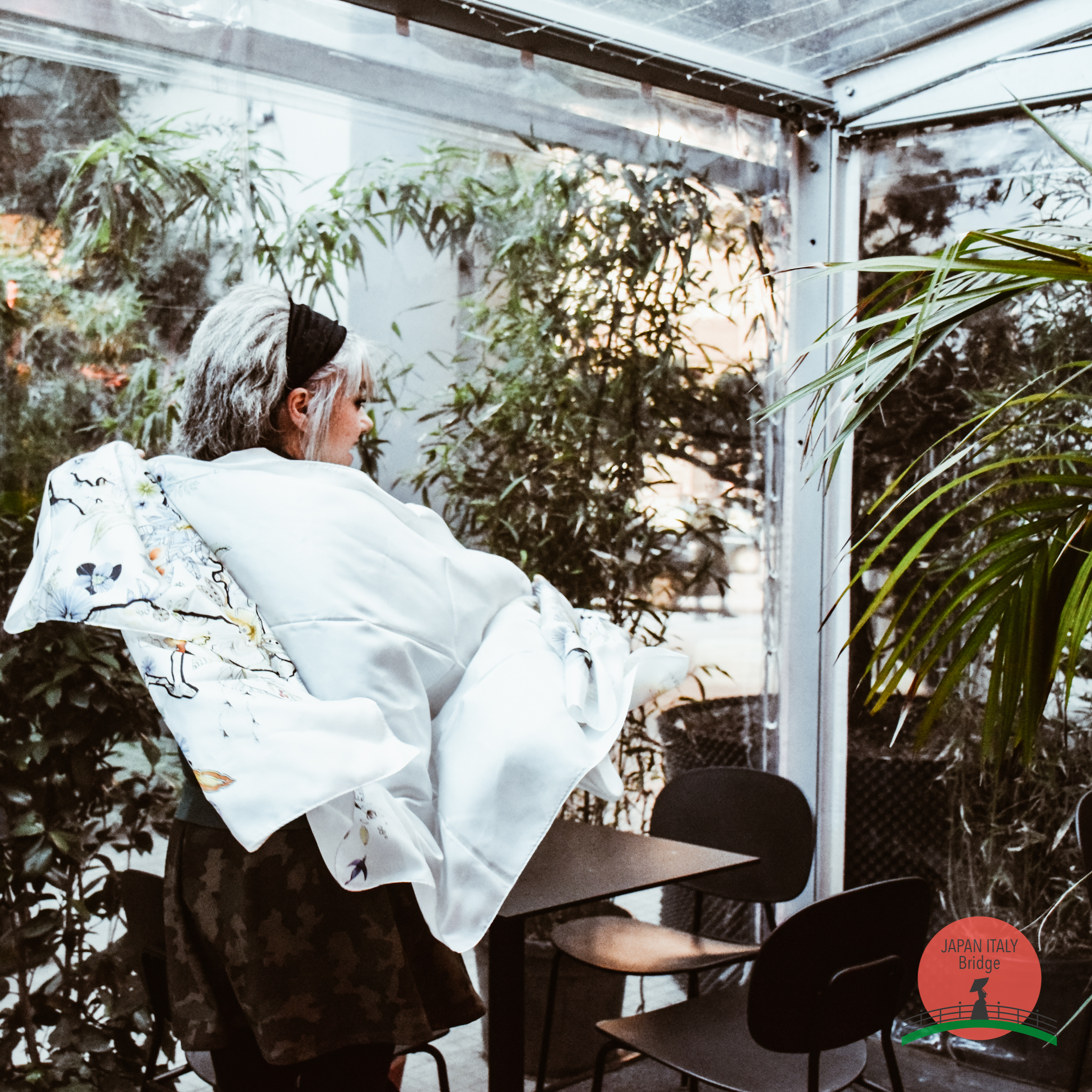
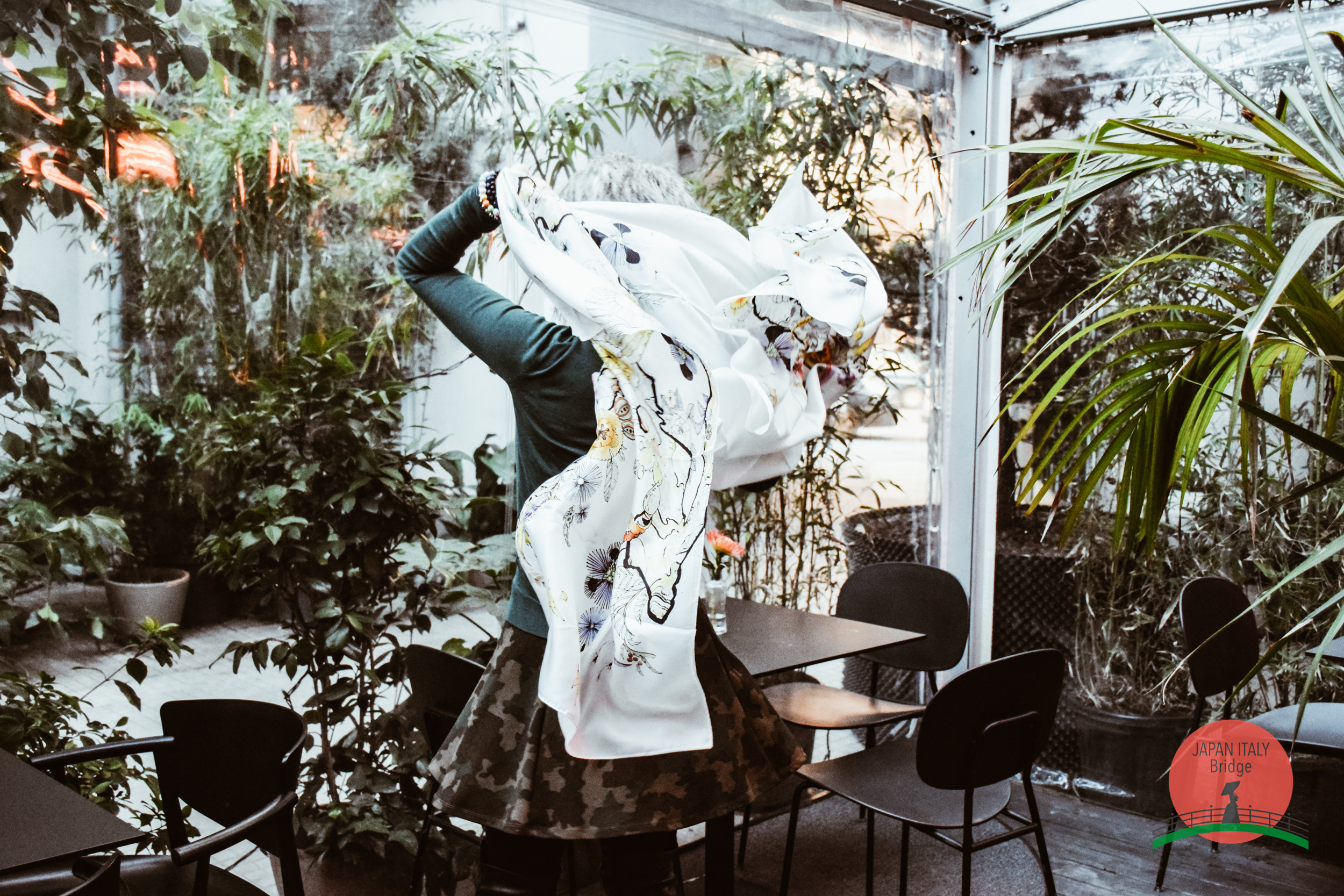
Saiei Orimono & Beyond Kimono
BEYOND KIMONO at the UNESCO headquarters informs us of the many compliments from the audience for the colours and texture of the fabrics. This shiny, subtle, firm and iridescent product is unique and manages to make you feel incredibly special. Many brands from all over the world have chosen this fabric for everyday clothing such as scarves.
For a practical example of the lightness of the fabric, President Yasuyuki Saito said that a normal wedding dress weighs more than 10 kg. The wedding dress that uses Fairy Feather silk weighs less than a tenth of 600 grams. Before making this special fabric, Saito’s thought developed thanks to a designer, Yumi Katsura, who had worked on wedding dresses before. “I want to create a dress with which the bride can also dance at her wedding”. This is where the thinnest silk in the world comes in! This thought gave birth to the beauty and lightness that marry and rests gently and elegantly on you.
Due to the earthquake in the Tohoku region, the company also suffered from logistic disruptions. The difficulties they faced were many, but they also have an even greater desire for rebirth. In fact, the Fairy Feather dress was completed the year after the earthquake, despite all the difficulties, always remaining in continuous development.
The desire for rebirth of this company is concentrated on the quality of this silk that you can all touch and wear now thanks to the Fukushima Mirai Project and to TENOHA &| SHOP, TENOHA Milano.
Ikariya Shoten with Ōborisoma-yaki
Let’s move from clothing to traditional crafts used by the prefecture of Fukushima and beyond. With Ōborisoma-yaki we have ceramics that have cracks, double cooking and colour as main features. Also due to the 2011 earthquake, the evacuated companies have looked for various places to continue production, as a cooperative, continuing their work.
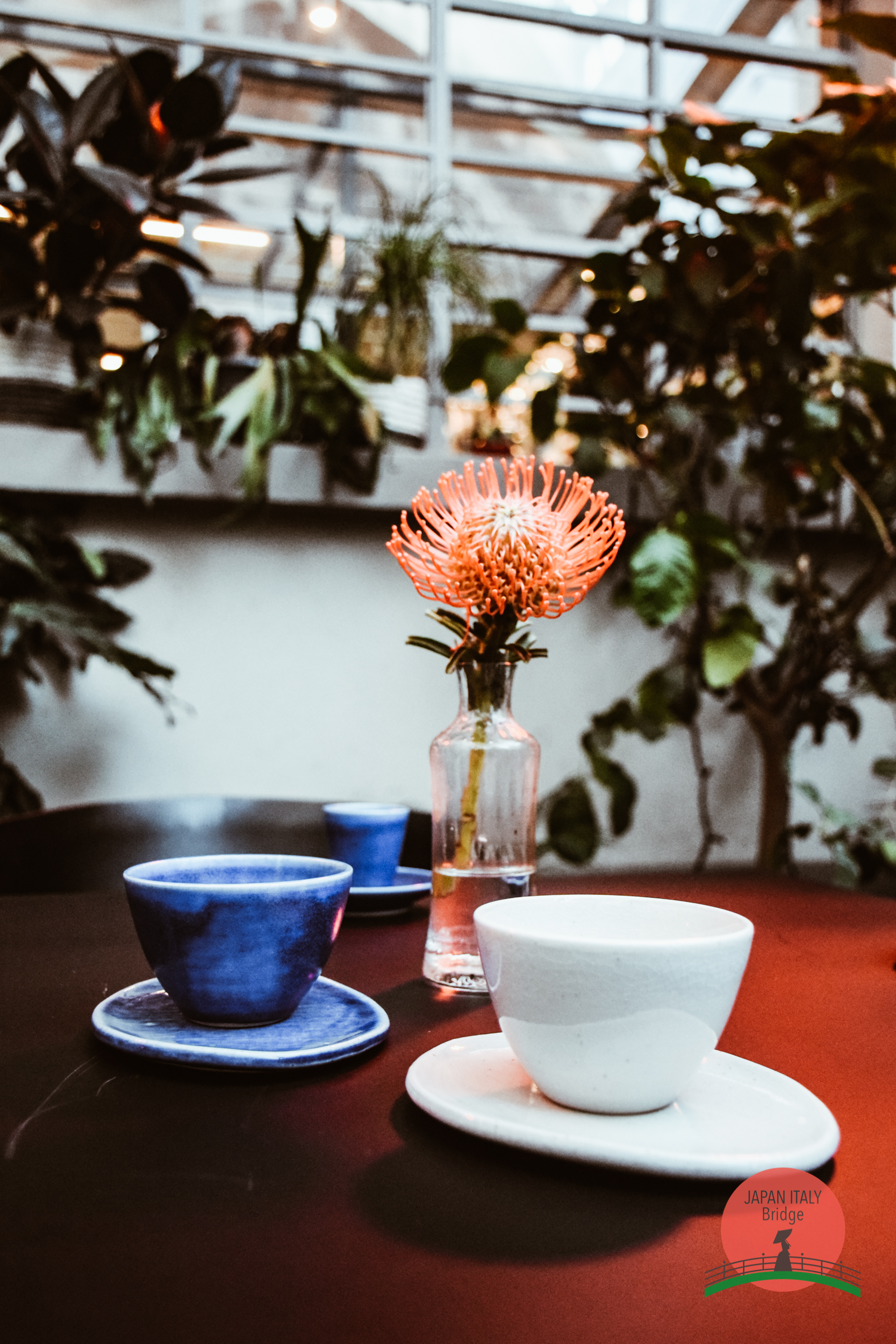
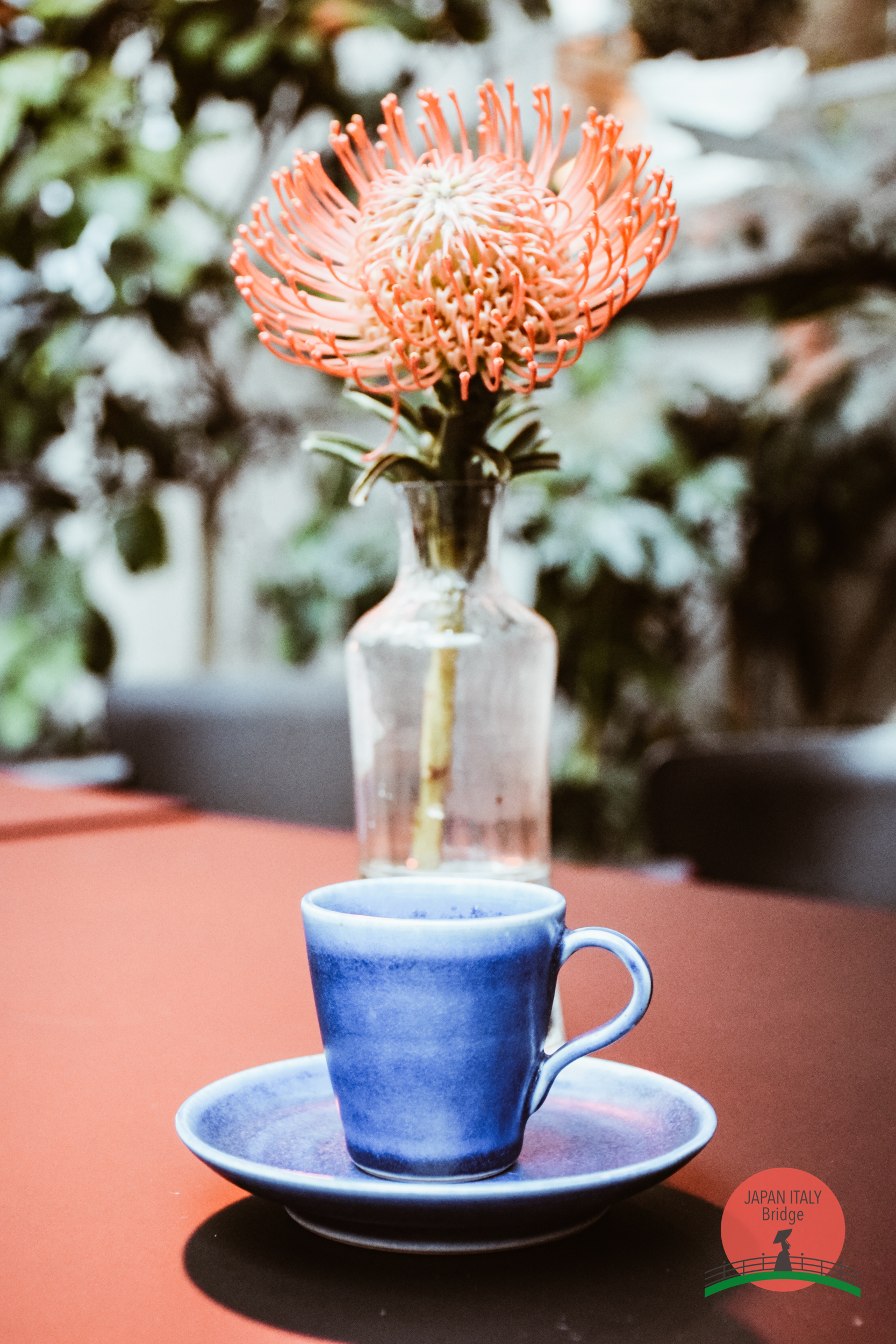

Ōborisomayaki is a term that indicates the pottery produced throughout the Ōbori area, in the cities of Namie and Futaba. We are talking about a ceramic with an important history behind it that even begins in the Edo period. In feudal society, it was called Soma, after which it became Ōborisoma-yaki. The production of this material had become a secondary activity for farmers. However, it became so important that it reached 100 production ovens at the end of the Edo period, spreading from the island of Hokkaido to the entire Kanto area.
Ōborisoma-yaki and the Meiji era
In the Meiji era, after the war, the production centre increased dramatically. The market from Japan also spread to the United States under the name of “Idea Cup” and “Double Cup”.
The Tokyo Electric Company’s Fukushima Daiichi nuclear accident in March 2011 forced all residents of the city of Namie to evacuate until the end of March 2017. Instead, the Ōbori area where Ōborisoma pottery was produced, was and still is inaccessible.
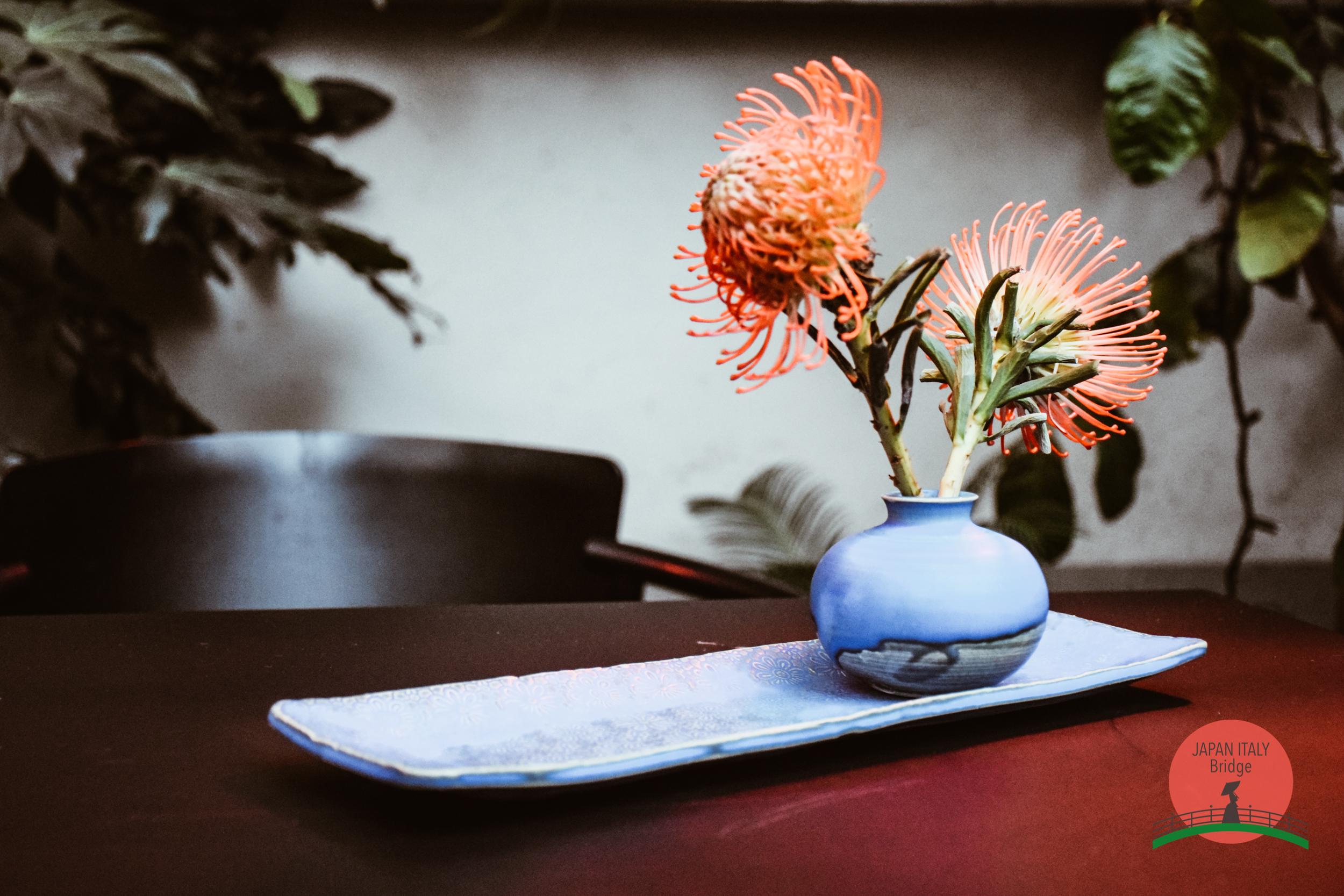
Obviously, all this did not deter the Ōborisoma-yaki Cooperative which in 2012 created a temporary laboratory and an office in Nihonmatsu. Pottery lessons, exhibition and sale of products, workshops, common ovens for potters who wanted to go ahead with their activities were also born in this area.
Ordering Ōborisoma-yaki products, requests for exhibitions at ceramic events and classes are just some of the elements of rebirth we can witness. The works of Oborisoma-yaki are also here in TENOHA &| SHOP, TENOHA Milano, who proudly participated in the Fukushima Mirai Challenge project.
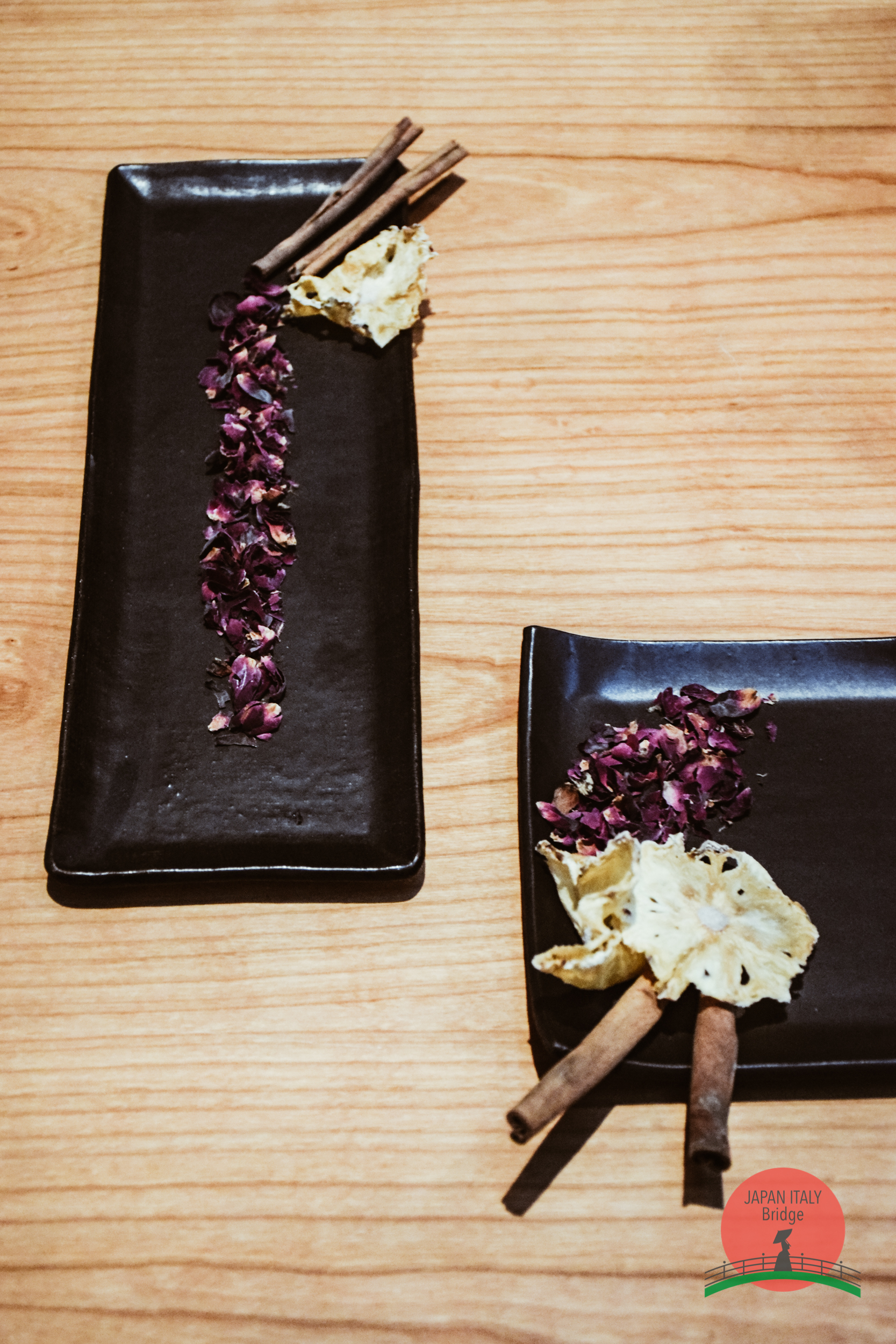
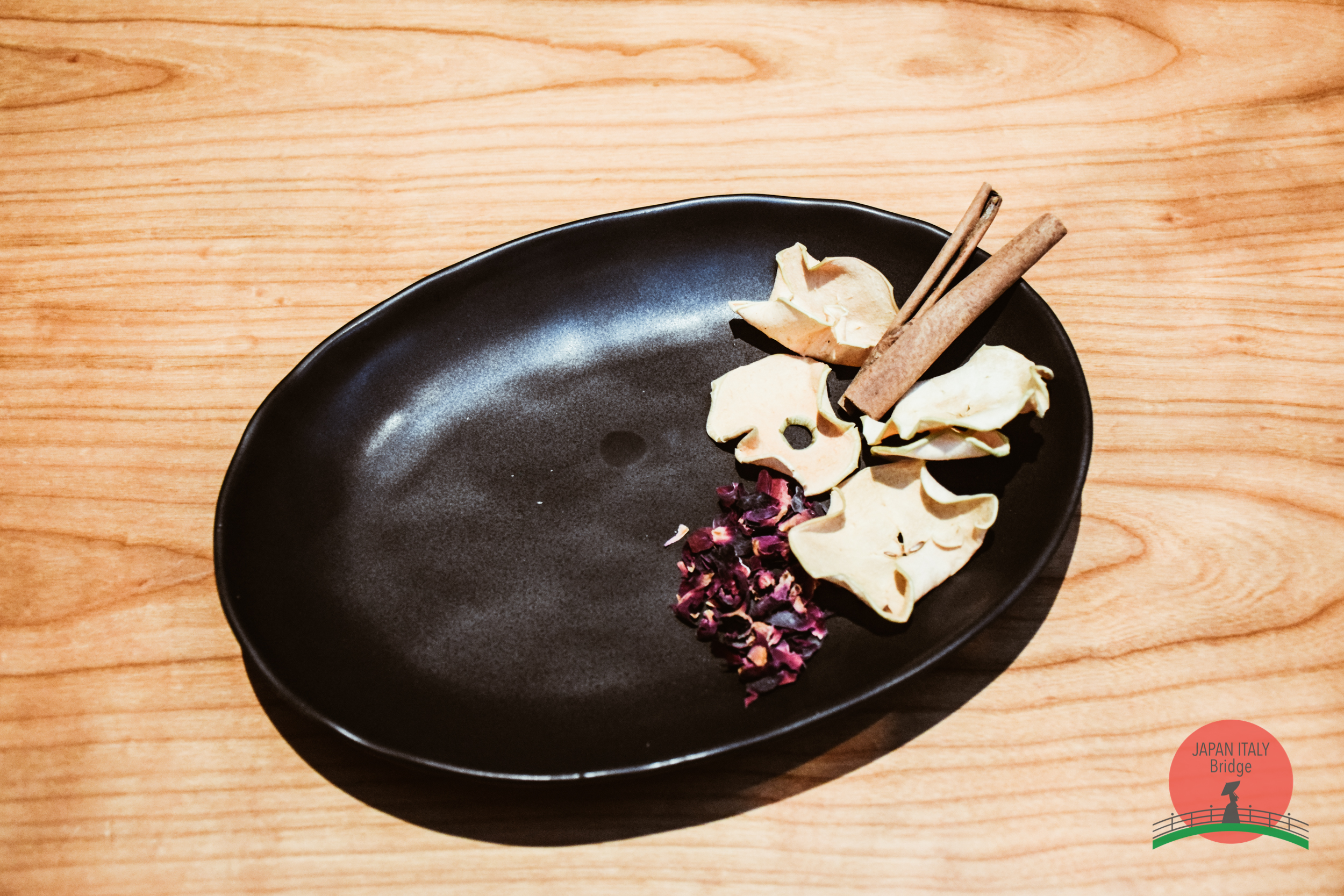
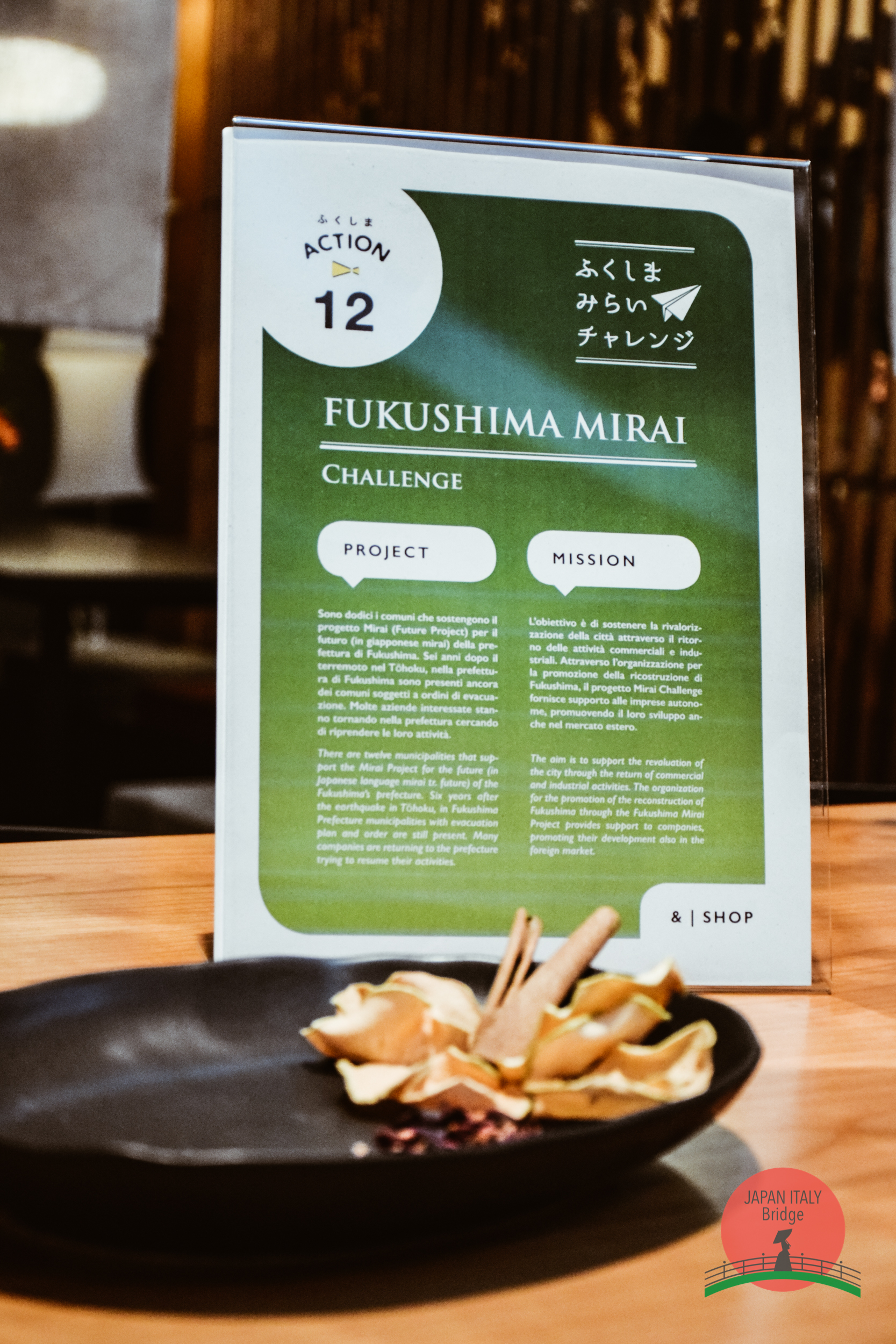
Fukushima Mirai Challenge, unique products
Fukushima Mirai Challenge is a project that not only gives us unique products but also supports an important story. Every product we wear or keep with us means rebirth. In fact, the thinnest silk in the world from Kawakama and the splendid Ōbori ceramics are only an important part of the future of Fukushima.
Do you want to touch the future yourself? Do you accept this important Challenge? We look forward to seeing you at TENOHA Milano for the entire month of February and remember that any purchase will go in favour of the government project to recover the disaster areas. Each of us can contribute to the rebirth of Fukushima and support this very important project, becoming an essential part of the future of Fukushima Mirai Challenge.
Official Website | Facebook page
Share this:
- Click to share on Facebook (Opens in new window)
- Click to share on Twitter (Opens in new window)
- Click to share on Tumblr (Opens in new window)
- Click to share on Pinterest (Opens in new window)
- Click to share on Telegram (Opens in new window)
- Click to share on WhatsApp (Opens in new window)
- Click to share on Reddit (Opens in new window)
- Click to print (Opens in new window)






